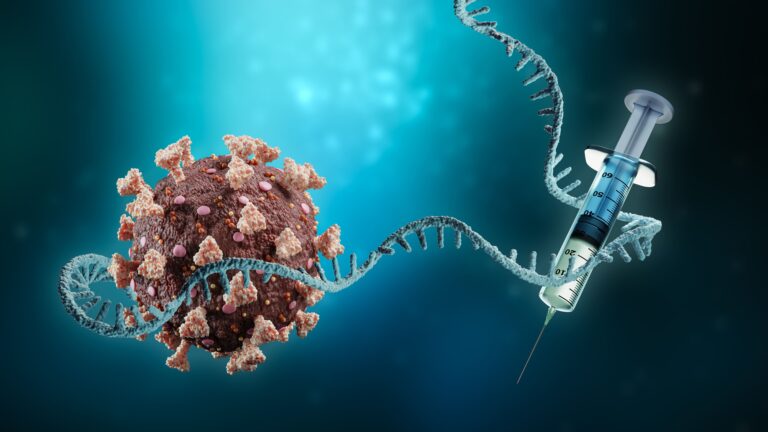All human and living beings have mitochondria. These are tiny cellular organisms present in nearly every cell of an individual. They are located more precisely inside the cells, in their nucleus. The main function of mitochondria is to create and provide the cells with the energy they need to work properly.
If a cell does not have enough power, it will malfunction and ultimately die. When there is mitochondrial dysfunction, it leads to cell failures and death, which can also provoke failures or the death of various organs. And these malfunctions are called mitochondrial diseases.
Diseases that can take various forms
Mitochondria related disorders are genetic diseases and can be observed on infants, children or adults. These conditions take many different forms, as mitochondria are located in many different parts of the body.
Everybody can have a different combination of healthy and defective mitochondria. Affected individuals might present a variety of abnormalities. Nobody with a mitochondrial disorder will show the same degree of disease. Most of the time, they will suffer from multiple conditions, as they are affected in more than one type of cell, tissue or organ.
Mitochondrial disease can either come from the family, or it can emerge in someone’s system at one point of his or her life.
Mitochondrial disorders can affect the nervous system, the intestines, kidney, liver or pancreas, skeleton and muscles, the brain, the senses, and organs like the lungs or the heart. As you can imagine, many disabilities can appear when taking into account that non exhaustive list of body parts which can be affected.
Here are the most common types of mitochondrial disease:
– Leber hereditary optic neuropathy, which causes vision loss. It usually appears on young adults and more rarely on children. The first symptom of this disorder is your vision gets progressively blurry and cloudy before getting completely blind.
– Leigh Syndrome which affects infants or young children. They suffer from a broad spectrum of symptoms. Indeed, this disorder mainly affects the brain and the nervous system and creates intense abnormalities such as a lack of muscle tone, ataxia (a degenerative disease causing a lack of coordination in movements or loss of balance due to the weakness of muscles), seizures, vision and hearing conditions, developmental delays and breathing problems.
– Myoclonus epilepsy with ragged red fibers (MERRF) is a mitochondrial disease which leads to various medical conditions. It usually hits adolescent people who then face dramatic troubles with muscles (mainly weakness and bursts), seizures and ataxia (involving bad coordination in body movements, as well as loss of balance). This disorder also involves short stature, hearing problems, as well as optic atrophy (which means the death of cells located in the eyes).
– Mitochondrial myopathy, encephalomyopathy, lactic acidosis, and stroke-like episodes (MELAS). This illness is known to affect children and young adults.
It unfortunately causes quite a lot of major medical conditions, including muscle weakness, exercise intolerance, diabetes, seizures, sometimes dementia, lactic acidosis (which means that too much lactate is being produced by the individual’s cells, and not being evacuated from the body) and stroke-like episodes (“stroke-like” because these episodes are not typical strokes.
Usually, a stroke is provoked because the brain is not being supplied with blood for a certain time. But here, these strokes can provoke temporary vision loss, difficulty speaking and understanding). This kind of stroke can progressively lead to brain damages.
– Mitochondrial DNA depletion syndromes (MDDS). This type of mitochondrial disorder is only observed in infants. These are autosomal recessive conditions (meaning that these are inherited both from the mother and the father).
Characterized by a very important decrease in the mitochondrial DNA, they can affect multiple tissues and organs. During the disease progression, the main symptoms are usually muscle weakness, liver failures, mental slowness and eating difficulties.
– Neuropathy, ataxia, and retinitis pigmentosa (NARP). This disease is commonly observed in children and adult onset, with symptoms such as neuropathy (malfunction in the nervous system that can lead to muscle weakness), ataxia (bad coordination), epilepsy, retinitis pigmentosa (which stands for a degeneration of the retina in the eye, often causing the loss of vision), but also seizures, dementia and developmental retardation.
Incurable but treatable cases
Unfortunately, no cure exists for these terrible mitochondrial diseases, which mostly affect children and young adults. But medications and treatments are available to help people manage the pain and some of the symptoms. The main goals of these methods are to make affected individuals able to live correctly with their medical conditions, improve mobility and strength.
These types of treatments are usually provided by professional physicians. Many health devices are often provided to people living with these conditions. Health professionals may also take the decision to give them specific medicine, modify their diet and lifestyle.
For individuals suffering from vision impairments, surgery can be done to remove cataracts, in order to improve their living conditions. People whose muscles are weakened, and who suffer from impaired coordination can get help with the use of walkers, wheelchairs, or braces to have better mobility.
Patients with breathing problems can be helped through respiratory support devices. For those who experience epilepsy, some drugs exist to prevent and treat seizures and stroke-like episodes. Hearing impaired or deaf patients may also be authorized to use hearing aids and cochlear implants to help with the situation. Dealing with developmental delay is not easy, but school individualized programs exist to help children learn at their own rhythm.
In 2013, a study was conducted in order to prove that coenzyme Q10 (CoQ10) could help patients suffering from mitochondrial diseases. It revealed that this enzyme was indeed quite effective and has shown some benefits.
It seems that providing patients suffering from mitochondria related disorders with dietary supplements like CoQ10, creatine and carnitine can help fixing or avoiding dysfunctional mitochondria. For the moment, more studies still need to be done to know exactly whether these are effective or not on every type of mitochondrial disorder.



